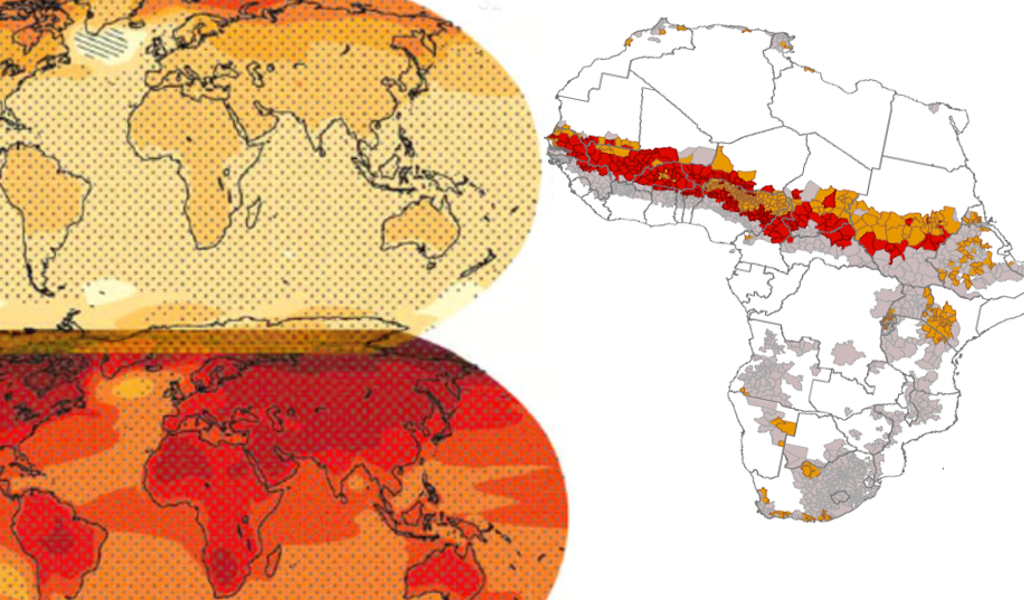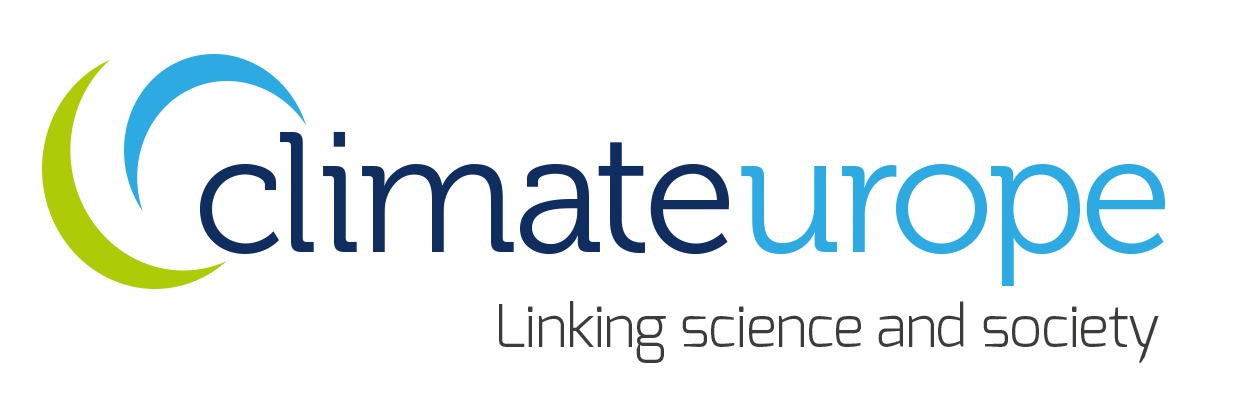 News / Webinars
News / Webinars
Video, summary, and presentations.
The Webinar took place on Wednesday 16 November 2016 at 10:30 CET Time.
It consisted of two talks: one on Climate services and infectious disease, the second on the link between climate modeling research and climate services
“Climate services and infectious disease: the case of meningococcal meningitis epidemics”
Summary of the First Talk
Dr Carlos Pérez García-Pando, Barcelona Supercomputing Center (Spain), started describing the meningitis belt, a region in sub-Saharan Africa where the rate of incidence of meningitis is very high, and explained the link between the epidemics and climate. Whereas climate affects the individuals that carry the bacteria and therefore develop the disease, in the affected areas the infection is also enhanced by dust. Currently, the disease is managed through reactive rather than preventive vaccination. This means that instead of vaccinating the whole belt for caution, the strategy before acting consists in waiting until the number of cases in a particular district starts to grow, and normally this is too late. The aim of the research developed by Dr García-Pando is to help increase the forecast lead time through climate and dust predictions in order to apply vaccination when needed. Climate and dust predictions can help answering some questions such as the risk of epidemics during the season, which is the probability to be above the epidemic threshold in the next 1 to 4 weeks, or what will be the end of the season.
Question to the first talk were:
- What are the main barriers to get access to the medical data (to know whether the estimated seasonal number of cases matched the observations)?
“Linking climate modelling research infrastructure and climate services”
Summary of the Second Talk
In the second talk, Dr Sylvie Joussaume, from the LSCE-IPSL (France),presented the FP7 IS-ENES project, the distributed e- infrastructure of Earth system models, data and metadata of the European Network for Earth System Modelling (ENES). She explained that this network brings together the European climate modelling community working on understanding and predicting climate variability and change. In addition, it organizes and supports European contributions to international experiments used in assessments of the Intergovernmental Panel on Climate Change, such as the Fifth Coupled Model Intercomparison Project (CMIP5). In her presentation, Dr Joussaume discussed about the challenges raised by climate services for the climate modelling research infrastructure, in terms of data and metadata and the CMIP reference simulations. She also pointed at the need to have an overall chain that bridges the gap between researchers and users. The presentation ended with a SWOT analysis listing the strengths, weaknesses, opportunities and threats of research infrastructure and climate services.
Questions to the second talk:
- Should the fact that models are not developing quick enough be included in the threats to climate services and data?
The webinar finished with the speaker’s opinion of which are the actors that need to be engaged and that have not been addressed yet, including IPCC, Governments, etc. (in order to change things and speed up the process of understanding and use of climate services).
Download the presentation (pdf – 1.7 MB)